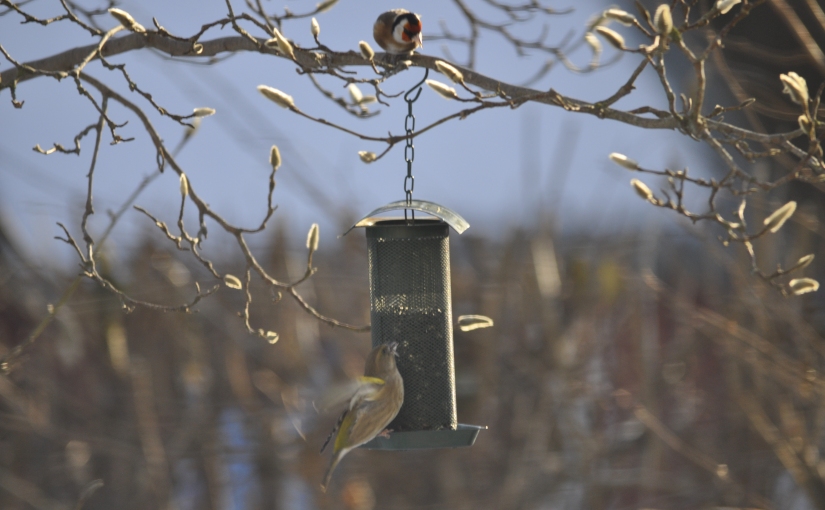On my way to work every morning I cycle down several tree lined streets – the lime trees are now in flower and the scent will always remind me of Copenhagen in the summertime. I wrote this piece last year and was reminded of it this morning by the perfume, so I dug it out and adapted it a bit, if I get time I’ll add photos later.
It’s mid June and after a baking hot May it’s cooler and humid in Copenhagen. The city is getting very quiet as the locals start to go off to their summer houses on the coast, or in Sweden, for the month of July, leaving the streets to tourists and musicians here for the jazz festival. In some ways it’s the best time of year to actually be in the city. The boulevards and streets are lined with sweet lime trees which has a very beautiful scent and the city is perfumed with it.
The parks and gardens are filled with flowers and in the evenings the remaining residents sit out in the parks with little barbecues. There are lots of areas set aside for sports and games and local teams spring up seemingly spontaneously to play street hockey, table tennis and football.
The zoo has a big elephant enclosure with an outdoor area open to the rest of the big Frederiksberg park, of which the zoo area is a small part. The elephants have a big natural pool and sandy beach and many of the park visitors outside the zoo spend time watching the younger elephants bathe and play in the water and throwing the sand over their backs, sending the ducks scurrying off in a panic with their ducklings trailing behind.
Cycling through the city is wonderful just now, especially in the evenings and especially if there’s no place you really need to be; the smell of flowers and charcoal smoke and grilled food all mixed in together, music being played in little bars and big open squares, even the careless tourists who forget to look for bikes before crossing the cycle lanes are tolerated with amusement, not everyone is so lucky to have a lifestyle like this after all. It really feels like a blessed place and a blessed time to live.
Update: I notice a friend, Kitty B. over at these sublime days has a post about childhood memories. I think the lime tree will be my memory of Copenhagen, and some day, when the Sterna family finally have a nest of our own, we will plant a lime tree so the scent will always remind us of this place.










